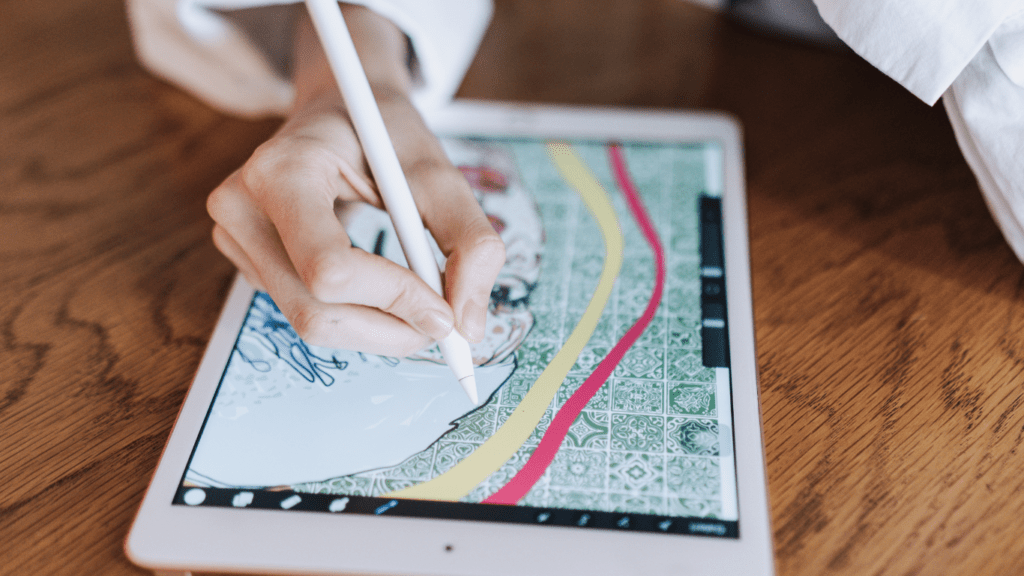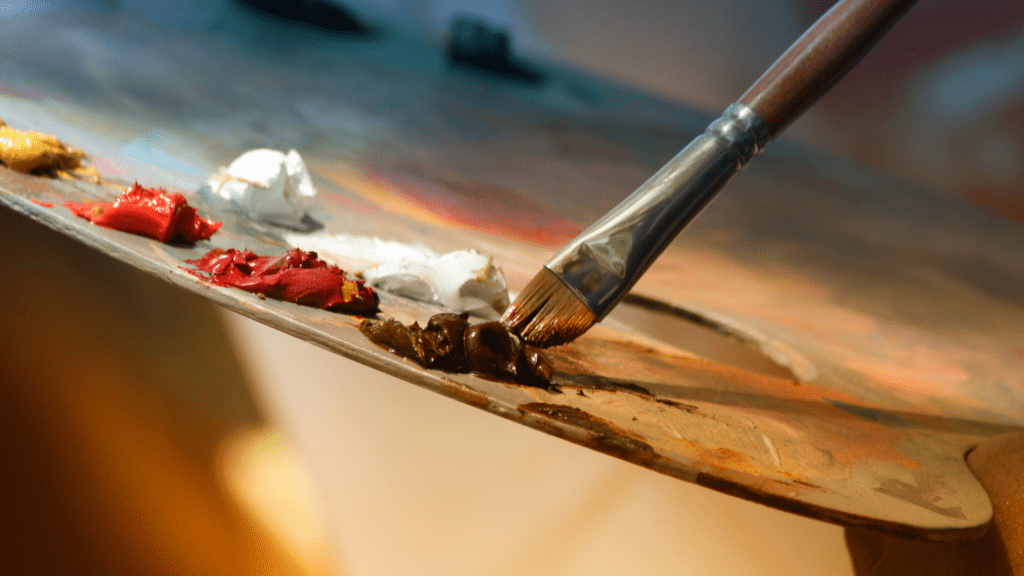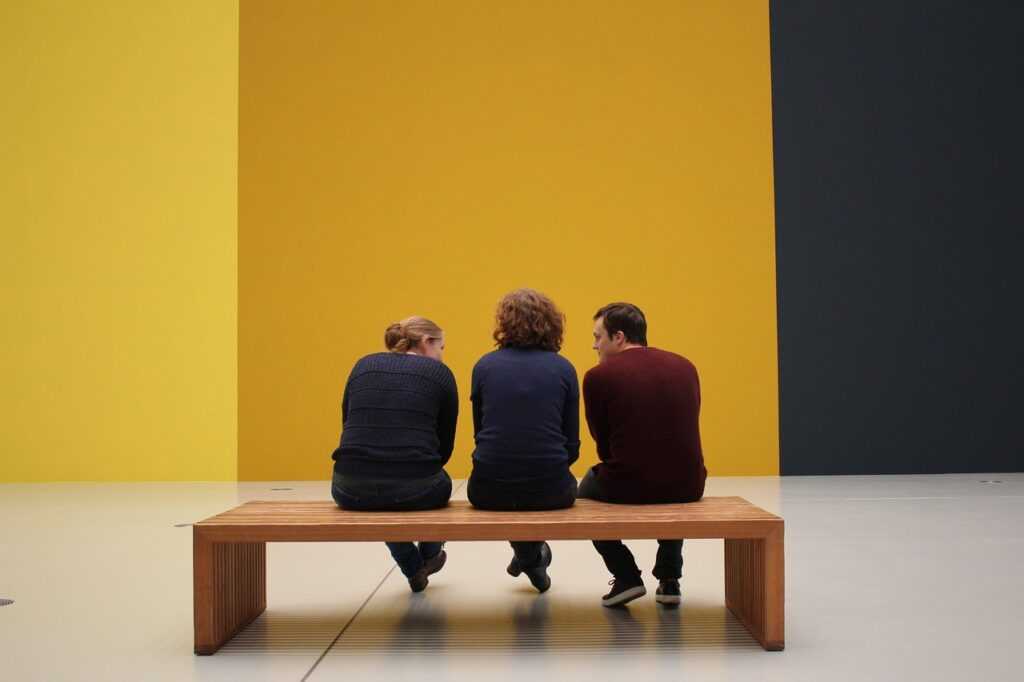The Rise of Digital Art
Digital art has surged in popularity with the advent of innovative software and accessible tools. Artists now use software such as Adobe Photoshop, Illustrator, and Procreate to create intricate and detailed works. These platforms offer numerous features that traditional mediums can’t match. For example, layers allow artists to experiment without the fear of ruining their work, while brushes and effects provide endless creative possibilities.
The proliferation of tablets and digital drawing pads has also contributed to this rise. Tablets like the Wacom Cintiq and the Apple iPad Pro offer precision and flexibility, enabling artists to sketch, paint, and design with ease. These devices come with stylus pens that mimic the feel of traditional drawing tools, merging the best of both worlds for creators.
Online platforms and social media have further amplified the reach of digital art. Websites like DeviantArt and ArtStation provide spaces for artists to showcase their work, gain feedback, and connect with a global audience. Social media channels, particularly Instagram and Twitter, enable artists to promote their creations, attract commissions, and grow their fanbase.
Digital art isn’t confined to static images. It encompasses various forms, including animation, 3D modeling, and virtual reality. Software like Blender and Maya empower artists to create immersive environments and complex characters. These tools have expanded the definition of art, blurring the lines between different creative disciplines.
Educational resources have also played a crucial role. Online courses, tutorials, and webinars make it easier for aspiring artists to learn digital techniques. Platforms like Coursera and Udemy offer courses taught by industry professionals, providing valuable insights and skills. This democratization of knowledge ensures that artists from all backgrounds can explore digital art.
NFTs (Non-Fungible Tokens) have introduced a new dimension to digital art, allowing artists to monetize their work uniquely. Blockchain technology ensures that each piece is verified, providing proof of authenticity and ownership. This new market has opened doors for digital artists, creating opportunities to sell their art in ways previously unimaginable.
Digital art’s rise is fueled by powerful software, advanced hardware, global platforms, educational resources, and new marketplaces like NFTs. These factors collectively redefine the creative landscape, making digital art a dominant force in contemporary creation.
Tools and Technologies
Digital art’s rapid evolution is driven by advanced tools and cutting-edge technologies. These innovations empower artists to push creative boundaries and produce extraordinary work.
Software Innovations
Leading software like Adobe Photoshop, Illustrator, and Procreate offer powerful features. Layers allow complex compositions. Brushes simulate real-world textures. Effects add depth and dimension. Animation software like Blender and Maya enable intricate motion graphics and realistic 3D models. Augmented reality (AR) and virtual reality (VR) tools like Unity and Unreal Engine provide immersive creative experiences. Software-as-a-Service (SaaS) platforms deliver frequent updates, ensuring artists access the latest features.
Hardware Advances
Modern hardware significantly enhances digital art creation. Tablets such as the Wacom Cintiq and Apple iPad Pro, paired with stylus pens, offer precise control and seamless drawing experiences. High-resolution monitors display fine details. PCs with graphics cards like NVIDIA’s RTX series handle intensive rendering tasks. Virtual reality headsets like the Oculus Rift and HTC Vive open new dimensions for art. Cloud storage solutions ensure artists can securely store and access their projects from anywhere.
Impact on Traditional Art Forms

Digital art’s rise has significantly influenced traditional art forms, altering techniques and blending styles.
Transformation of Techniques
Digital tools enable unprecedented precision and efficiency. Artists now use software to experiment with colors, textures, and forms. For example, Corel Painter mimics brushstrokes and canvas textures, giving digital paintings a traditional feel. Adobe Photoshop offers layers and undo functions, allowing quick revisions. These innovations expand creative possibilities, making complex techniques accessible. Artists save time and materials, focusing instead on refining their craft.
Fusion of Styles
Blending traditional and digital methods produces unique art styles. Many painters scan their sketches, refining them on digital platforms like Procreate. This hybrid approach enriches the final piece, combining the tactile quality of traditional media with digital versatility. For instance, contemporary illustrations often mix watercolor textures with digital enhancements. By merging classical and modern techniques, artists create dynamic and innovative works that bridge artistic eras.
New Opportunities for Artists
Digital art opens numerous doors for artists, offering innovative ways to display and sell their work. Let’s dive into some key aspects providing these opportunities.
Online Platforms
Platforms like:
- DeviantArt
- ArtStation
- Behance
provide digital artists with spaces to showcase their portfolios. These platforms allow artists to gain visibility, attract potential clients, and network with other creators. For instance, ArtStation’s features include portfolio hosting, job boards, and community forums, helping artists thrive in a professional environment. By leveraging these platforms, I can build a robust online presence and engage with a global audience.
Global Reach and Collaboration
Digital art transcends geographical barriers, enabling artists to collaborate with others worldwide. Tools like Adobe Creative Cloud and Google Drive facilitate seamless sharing and co-creation of projects, enhancing collaborative efforts. Artists can participate in international competitions and exhibition opportunities, expanding their professional horizons. Through these global connections, I can collaborate on diverse projects, enhancing both my skills and portfolio with unique, multinational influences.
Challenges and Criticisms
Despite its transformative impact, digital art faces several challenges and criticisms that shape its reception and evolution.
Authenticity Concerns
Questions around authenticity often arise in digital art. The ease of replication and manipulation in digital mediums makes it hard to verify the originality of works. Traditional art relies on physical attributes like texture and brushstrokes that digital formats often lack. Blockchain technology and NFTs are steps toward ensuring digital art’s authenticity, though these solutions aren’t universally accepted. Critics argue that digital creations lack the uniqueness traditionally valued in physical art forms.
Economic Implications
The economics of digital art also presents challenges. While digital platforms expand reach and visibility, they also saturate the market, reducing individual artwork’s value. Platforms like DeviantArt and ArtStation foster marketing and networking, but their vast user base means greater competition. Additionally, the cost of high-quality digital tools and software can be prohibitive for emerging artists, creating a barrier to entry. Some argue that despite the broad exposure, monetizing digital art consistently remains a significant hurdle for many creators.
Future Trends in Digital Art
Future trends in digital art promise exciting developments, transforming how artists create and interact with their work.
Virtual and Augmented Reality
Virtual reality (VR) and augmented reality (AR) are enhancing digital art creation and viewing experiences. VR allows artists to create fully immersive 3D environments where users can navigate and interact. Google’s Tilt Brush exemplifies this, enabling artists to paint in a virtual 3D space. AR integrates digital elements into the real world through devices like smartphones and AR glasses. Apps such as Adobe Aero allow artists to place digital art in real-world settings, creating interactive installations accessible to a broader audience.
Integration of AI and Machine Learning
- Artificial intelligence (AI) and machine learning (ML) are revolutionizing digital art by enabling new forms of creativity and efficiency.
- AI-driven tools can generate unique patterns, textures, and even entire artworks based on input data.
- Platforms like DeepArt and Runway ML offer artists ways to experiment with style transfer and real-time video synthesis.
- ML algorithms can also assist in repetitive tasks like coloring and shading, allowing artists to focus on conceptual and creative aspects.
- Predictive tools analyze trends and suggest improvements, helping artists refine their work and stay ahead in a competitive market.





